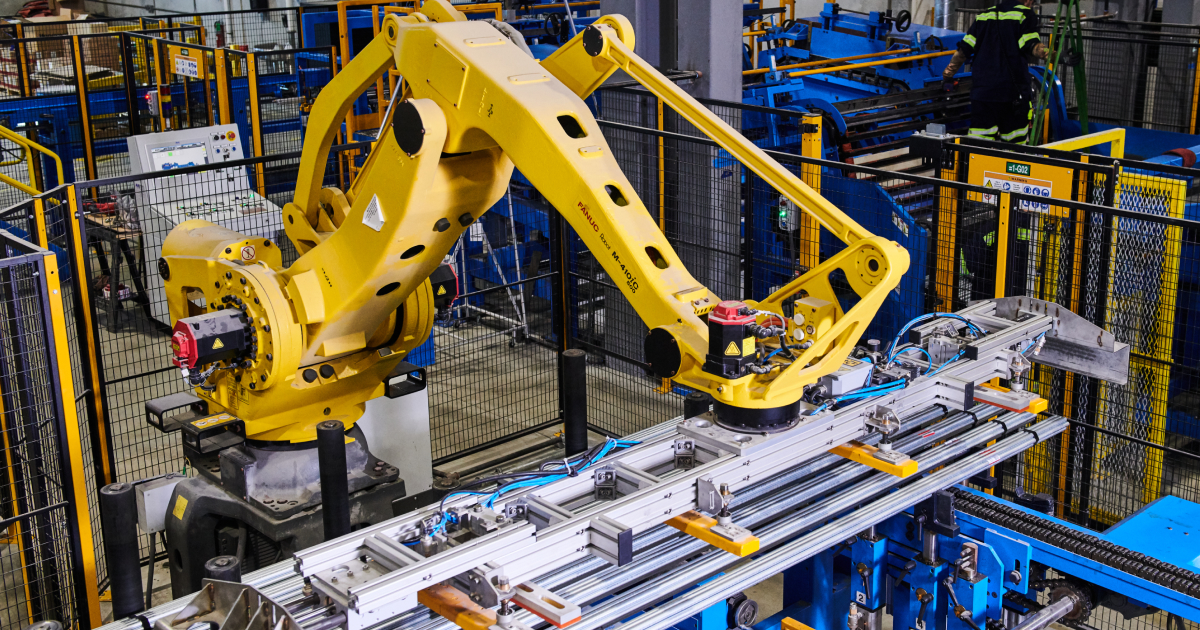AI Is Rewriting the B2B Buyer Journey — and It Thinks in Probabilities

Share this story
Buyers don’t follow defined steps. They follow signals. AI now predicts what information, evidence or solution they’ll want next. Here’s how to make your brand show up in the new B2B buyer journey.
B2B buying used to feel like chess: some predictable moves, a solid strategy, a known endgame. Now, though, it’s more like poker — you’ve gotta play the odds. Every search query, LinkedIn click, ebook download and LLM summary feeds an algorithm that’s quietly guessing what your buyer wants next.
The result? A journey built on probability, not process. For marketers, that means we’ve traded linear funnels for living algorithms. Here’s how AI influences discovery, comparison and validation — and how smart brands teach the algorithm to bet on them.
The Machines Aren’t Following Us. They’re Predicting Our Behavior
Once upon a time, we had a pretty good idea where B2B buyers were. They read the whitepaper; they opened the email; they filled out the form. It was all so delightfully traceable: a tidy trail of digital breadcrumbs we could point to and say, “See? They’re moving down the funnel.”
Then those maps got eaten by the algorithm.
Now the modern B2B buyer journey is being constantly rerouted in real time by systems that predict, with eerie accuracy, what people want next. Search engines, recommendation models, social feeds — they’re all running simulations of intent, reshuffling what gets surfaced based on what most often works.
Here’s the wild part most marketers don’t realize: These systems don’t just show results. They’re teaching themselves what to trust by seeing how millions of other users behave. If 1,000 engineers click a certain research firm’s whitepaper after searching for “AI compliance frameworks,” that source gets a credibility boost in the machine’s mental model of the world.
Your content doesn’t just live on a page anymore. It lives inside that probabilistic AI model — one massive neural reputation system that’s always updating.
So when you think, “We’re not ranking for that keyword anymore,” it might not be because your SEO slipped. It might be because your brand fell out of the algorithm’s trust orbit. It’s the same dynamic behind the zero-click content revolution: Audiences — and AI — increasingly surface the source that best answers the question, not necessarily the one they click.
That’s why the smartest B2B marketers have stopped obsessing over the funnel. They’re learning how to influence the algorithm that chooses the next move.
The Probabilistic Buyer Journey (a.k.a. The Machine’s Best Guess)
Just how exactly does AI redraw the B2B buyer journey? The answer lies in probability. Every click, keyword and dwell time becomes a data point in a massive prediction model. It becomes a game of odds.
Here’s the simplest way to think about it: “Probabilistic” just means the system is guessing — but the thing is, it’s right most of the time.
The algorithm isn’t watching a single buyer. It’s watching everyone. It’s seen what a million similar searches led to, what content got shared, which case studies kept people on page longer, and which ones quietly bombed. From that pattern, it builds its own model of what should happen next.
It’s like having a GPS that doesn’t just give directions. It watches every car on the road, every day, and subtly steers you based on the best routes of collective behavior.
A buyer searches “best CRMs for manufacturing,” but the model already knows what tends to come next: a comparison of integration options, say, then a pricing query, then videos of setup experiences. Before the buyer even asks, the system starts serving those up. That’s a probabilistic journey.
And it’s rewriting how visibility works. Your content isn’t being discovered step by step. It’s being inferred into existence. The model decides that if enough people found your type of content useful before, it’s worth showing again.
The old funnel was neat and comforting. B2B buyers moved smoothly from awareness to consideration to conversion. You filled the top, nurtured the middle and closed the bottom. But let’s face it: Real buying behavior was never that clean — and now AI has blown up the illusion entirely.
Instead of following your funnel, buyers trigger a thousand micro-moments that the machines turn into probabilities: a search query here, a LinkedIn comment there, a mention in an AI summary.
Each signal reshapes the odds of what people will see next — and whether your brand is in that view.
The brands winning in this new landscape are training the algorithm’s memory — teaching it, over time, that their insights, data and names belong near the top of the probability stack. That’s beyond SEO. It’s trust at machine scale.
What the AI-Assisted B2B Buyer’s Journey Means for Marketers
I’m not saying you should optimize for machines over people. But you do need to realize how they’ve merged. Every time someone reads your content, cites your data or mentions your brand on Reddit, it’s a signal that teaches both audiences — human and algorithmic — what “credible” looks like.
This is where strategy has to evolve. You can’t choreograph a neat funnel or depend on nurture streams to do the heavy lifting. You need to:
• Feed the prediction loop. Publish fresh, structured content with a strong POV that algorithms will want to reference.
• Create visible proof. Encourage citations, backlinks and peer validation that double as trust signals.
• Measure differently. Focus on being data-driven, not dazzled by vanity metrics. Instead of asking how many people clicked, ask how often your brand gets surfaced in AI-generated content.
B2B marketing has always been a game of strategy — but the board has changed. In this new game, you don’t win by controlling an outdated customer journey. You win by teaching the algorithm to bet on you.



